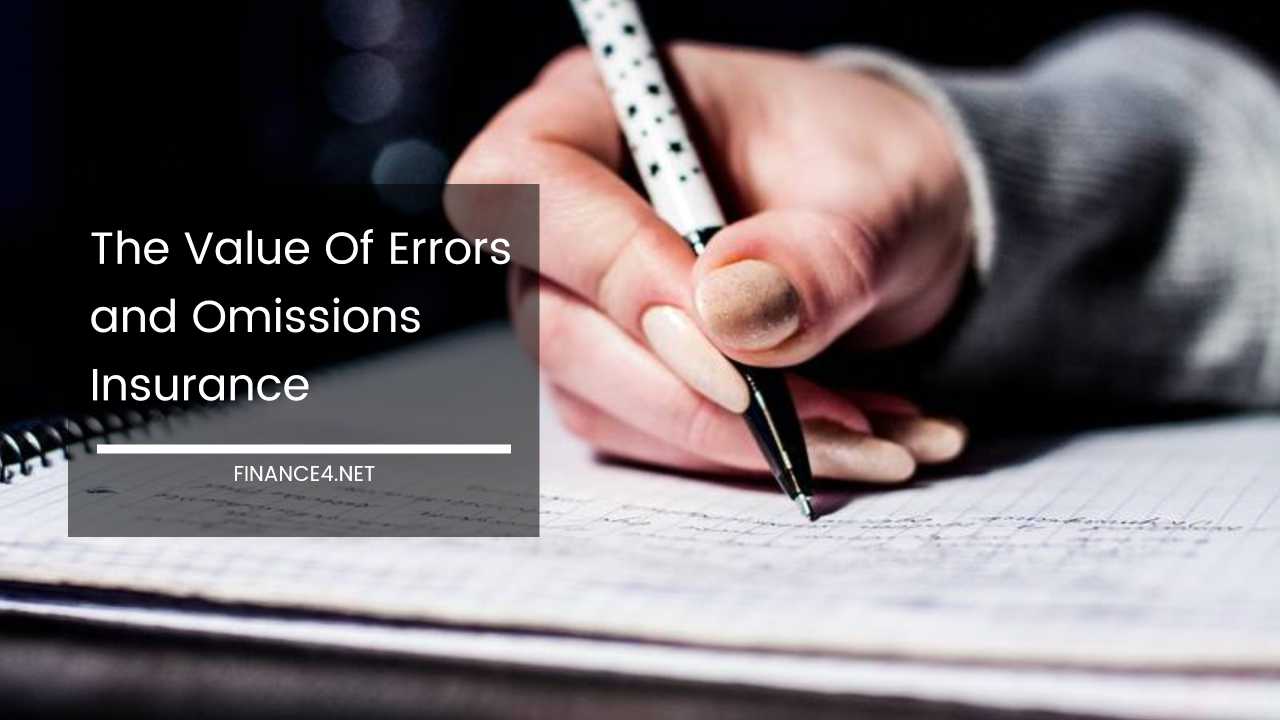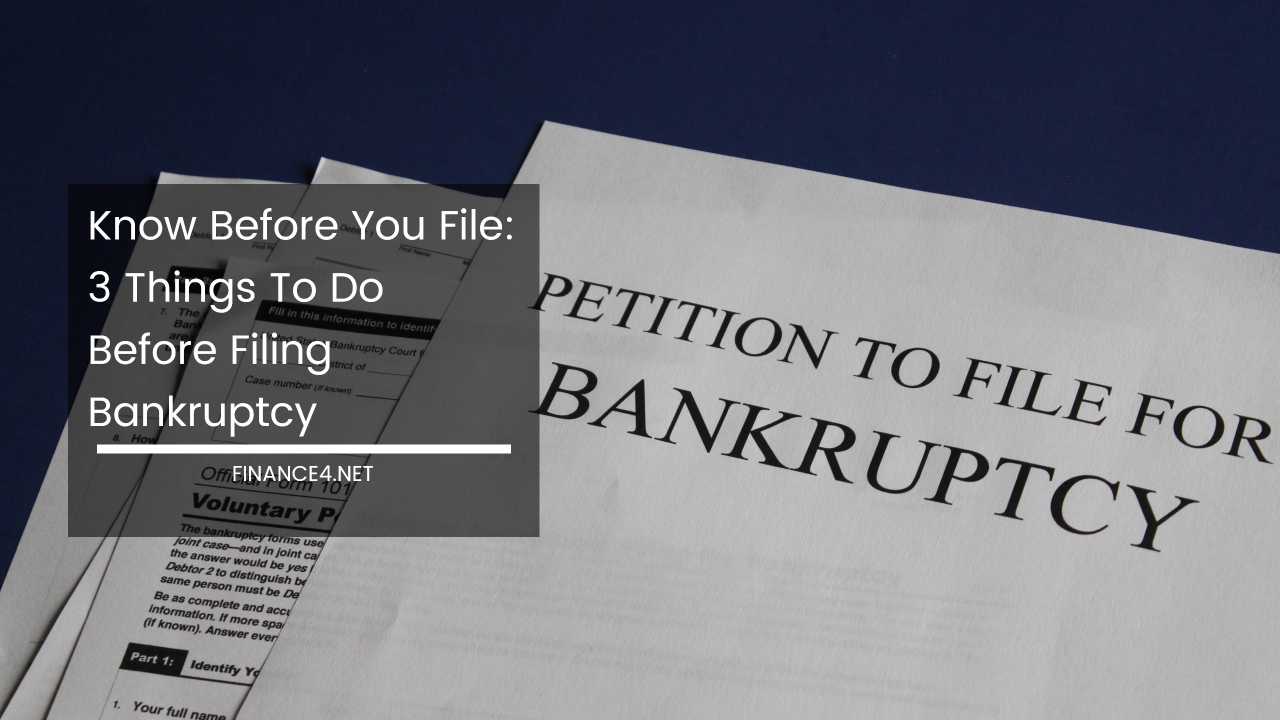Errors and Omissions Insurance: Protect Your Business

The Value of Errors and Omissions Insurance: A Shield Against Unforeseen Liabilities
While general liability insurance protects businesses from physical injuries and property damage on their premises, many overlook the critical role of errors and omissions (E&O) insurance. Also known as professional liability insurance, E&O serves as a vital safety net for businesses that offer services or produce goods.
This comprehensive guide will delve into the intricacies of E&O insurance, exploring its coverage, benefits, and how it safeguards your business from unforeseen liabilities.
Beyond Physical Harm: Understanding the Scope of E&O Coverage
Unlike general liability insurance, which focuses on tangible consequences, E&O protects your business from financial losses stemming from intangible errors, omissions, or negligence in your professional services. This encompasses a broad spectrum of potential issues, including:
- Misrepresentation of Services: A client sues your company because the final product or service falls short of the promises outlined in a contract. This could involve a marketing agency failing to deliver a promised increase in website traffic or a construction company deviating from the agreed-upon building specifications.
- Negligent Work: A client suffers financial losses due to your company’s mistake during service provision. An example could be an accounting firm’s miscalculation leading to a client incurring substantial tax penalties or an architect’s faulty design causing structural issues in a building.
- Breach of Contract: Your company unintentionally fails to fulfill a key aspect of a client contract, resulting in financial repercussions. This could involve a software developer failing to deliver a core functionality promised in the contract or a financial advisor making unauthorized investments that cause a client to lose money.
- Missed Deadlines: Failure to deliver a project on time causes the client to lose profits, prompting a lawsuit. For instance, a web development company’s delay in launching a critical e-commerce platform could lead to lost sales for the client.
These are just a few examples, and the specific coverage can vary depending on your industry and the policy details. It’s crucial to work with an insurance agent to tailor an E&O policy that addresses the unique risks associated with your business operations.
The Ripple Effect of Errors: Why E&O is Essential
Even the most diligent businesses can make mistakes. Human error is inevitable, and unforeseen circumstances can disrupt even the most meticulously planned projects. Consider these scenarios:
- A small design firm accidentally plagiarizes elements of a competitor’s work in their client’s logo design. The client faces legal ramifications, and the competitor sues for copyright infringement.
- A financial advisor mistakenly recommends a high-risk investment to a client with a conservative risk profile. The investment tanks, leading to significant financial losses for the client.
Without E&O insurance, the burden of defending against these lawsuits and any potential settlements or judgments falls solely on the business.
The legal fees associated with such cases can be astronomical, quickly draining a company’s financial resources and potentially jeopardizing its future.
E&O steps in during these challenging times, covering these costs and providing peace of mind for the business owner.
Beyond Financial Protection: Safeguarding Your Brand Reputation
The value proposition of E&O goes beyond just financial protection. In today’s digital age, a disgruntled customer with a single online review can inflict significant damage to your brand reputation.
Negative social media posts and online reviews can spread like wildfire, deterring potential clients and hindering future growth.
E&O insurance empowers you to address customer concerns promptly and resolve justified claims efficiently.
By demonstrating a commitment to rectifying mistakes and taking responsibility for shortcomings, you can minimize negative publicity and maintain positive client relationships. This proactive approach fosters trust and strengthens your brand reputation in the long run.
Who Needs E&O Insurance? A Broad Spectrum of Coverage
While E&O is often associated with professionals like doctors, lawyers, and accountants, its benefits extend to a wide range of businesses. Here are some examples of industries that can significantly benefit from E&O coverage:
- Service Providers: Consultants, engineers, architects, designers, marketing agencies, IT companies
- Financial Institutions: Investment advisors, financial planners, insurance brokers
- Real Estate Professionals: Brokers, appraisers, property managers
- Technology Companies: Software developers, web developers, data security firms
- Creative Industries: Graphic designers, writers, editors, photographers, videographers
Essentially, any business that offers professional services or manufactures products can benefit from E&O coverage. The inherent risks associated with your services and the potential financial impact of a mistake should determine the necessity of acquiring E&O insurance.
When to Secure E&O Protection: Proactive Risk Management
The best time to acquire E&O insurance is before you need it. Don’t wait for a potential lawsuit to arise. If your business interacts with clients and offers services, consider E&O an essential part of your risk management strategy.
Here are some key factors that can influence your decision to purchase E&O insurance:
- Client Contracts: Many clients, particularly larger corporations or government entities, may require proof of E&O coverage before entering a business agreement. This demonstrates your commitment to professional standards and protects their interests in case of unforeseen errors or omissions.
- Industry Regulations: Depending on your industry, there might be legal requirements for carrying E&O insurance. For instance, some states mandate E&O coverage for real estate agents, architects, and financial advisors. Familiarize yourself with any relevant regulations in your industry to ensure compliance.
- The Potential for Errors and Omissions: Evaluate the inherent risks associated with your services and the potential financial impact of a mistake. Businesses that deal with complex projects, handle sensitive data, or provide financial advice typically face a higher risk of errors and omissions, making E&O insurance even more critical.
Understanding E&O Policies: Key Considerations
E&O policies are not one-size-fits-all solutions. Each policy is tailored to address the specific risks of a particular business. Here are some key aspects to understand before acquiring an E&O policy:
- Claims-made vs. Occurrence-based: Most E&O policies are “claims-made,” meaning the claim must be filed during the active policy period, regardless of when the alleged error occurred. Occurrence-based policies, though less common, cover claims arising from work performed during the policy period, even if the claim is filed later. Carefully consider your risk profile and choose the policy type that best suits your needs.
- Policy Limits: E&O policies have coverage limits that define the maximum amount the insurer will pay for a claim. These limits can vary significantly, ranging from a few hundred thousand dollars to several million dollars. Evaluate your risk profile and choose a limit that adequately protects your business in case of a substantial lawsuit. Insufficient coverage could leave you financially exposed.
- Deductibles: Similar to other insurance products, E&O policies have deductibles, which represent the upfront amount you pay before the insurance kicks in. The deductible amount can influence your premium costs. Finding a balance between affordability and adequate coverage is crucial.
- Exclusions: It’s essential to understand what’s not covered by your E&O policy. Common exclusions might include intentional misconduct, criminal acts, or bodily injury. Review the exclusions list carefully and discuss any potential gaps in coverage with your insurance agent. Don’t hesitate to inquire about additional coverage options (riders) to address specific exclusions.
The Importance of Choosing the Right Insurance Agent
Finding a qualified insurance agent who specializes in E&O coverage is crucial. An experienced agent can help you navigate the complexities of E&O policies, assess your specific risks, and tailor a policy that provides optimal protection for your business. Here are some tips for choosing the right insurance agent:
- Experience: Look for an agent with a proven track record in E&O insurance for your industry. Experience translates to a deeper understanding of the unique risks you face and the ability to recommend suitable coverage options.
- Reputation: Research the agent’s reputation and seek recommendations from colleagues or other business owners in your industry. Positive feedback indicates a commitment to excellent client service and expertise in E&O insurance.
- Communication Style: Ensure you feel comfortable and confident communicating your needs to the agent. A clear and open communication style fosters a strong partnership and ensures the agent understands your business and its specific risk profile.
By following these steps and acquiring a comprehensive E&O policy, you can safeguard your business from unforeseen liabilities and navigate challenges with peace of mind. Remember, E&O insurance is an investment in the long-term success and financial stability of your business.



